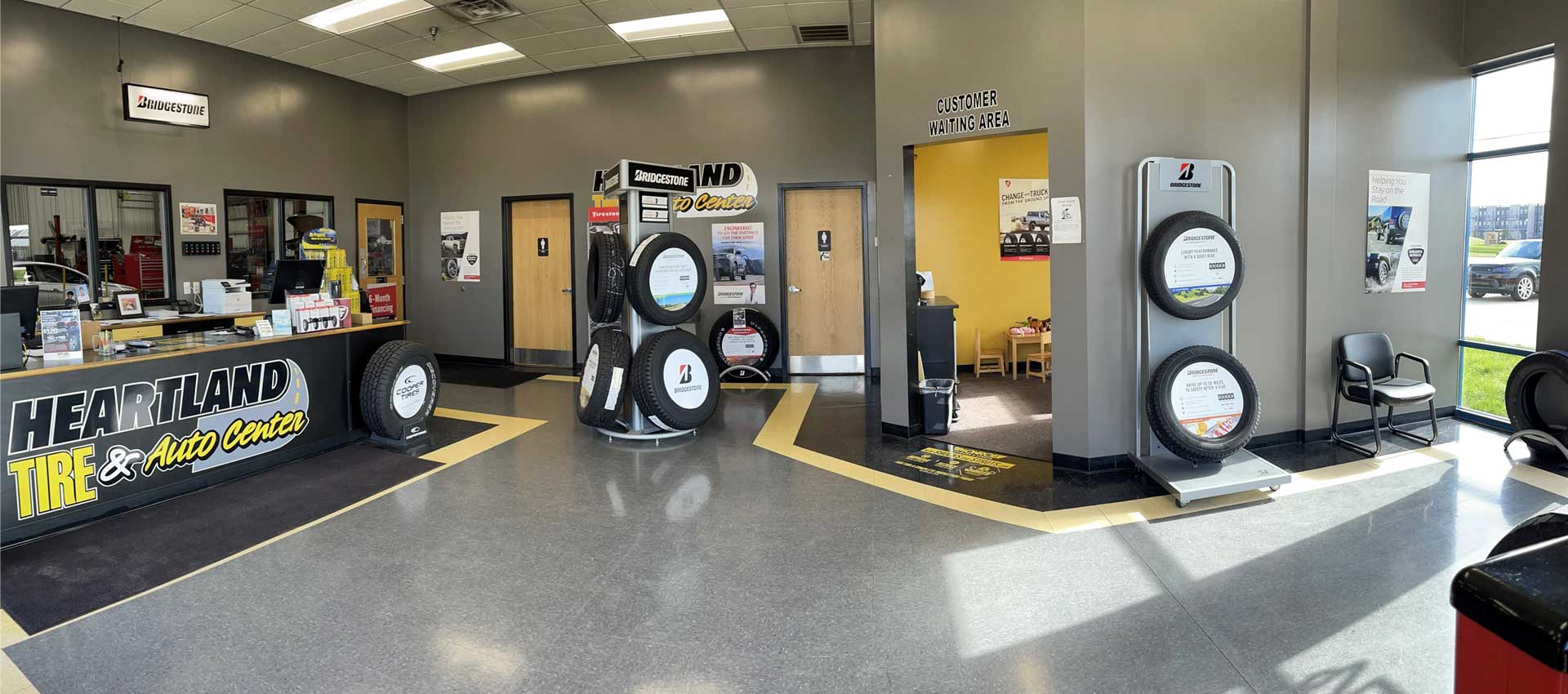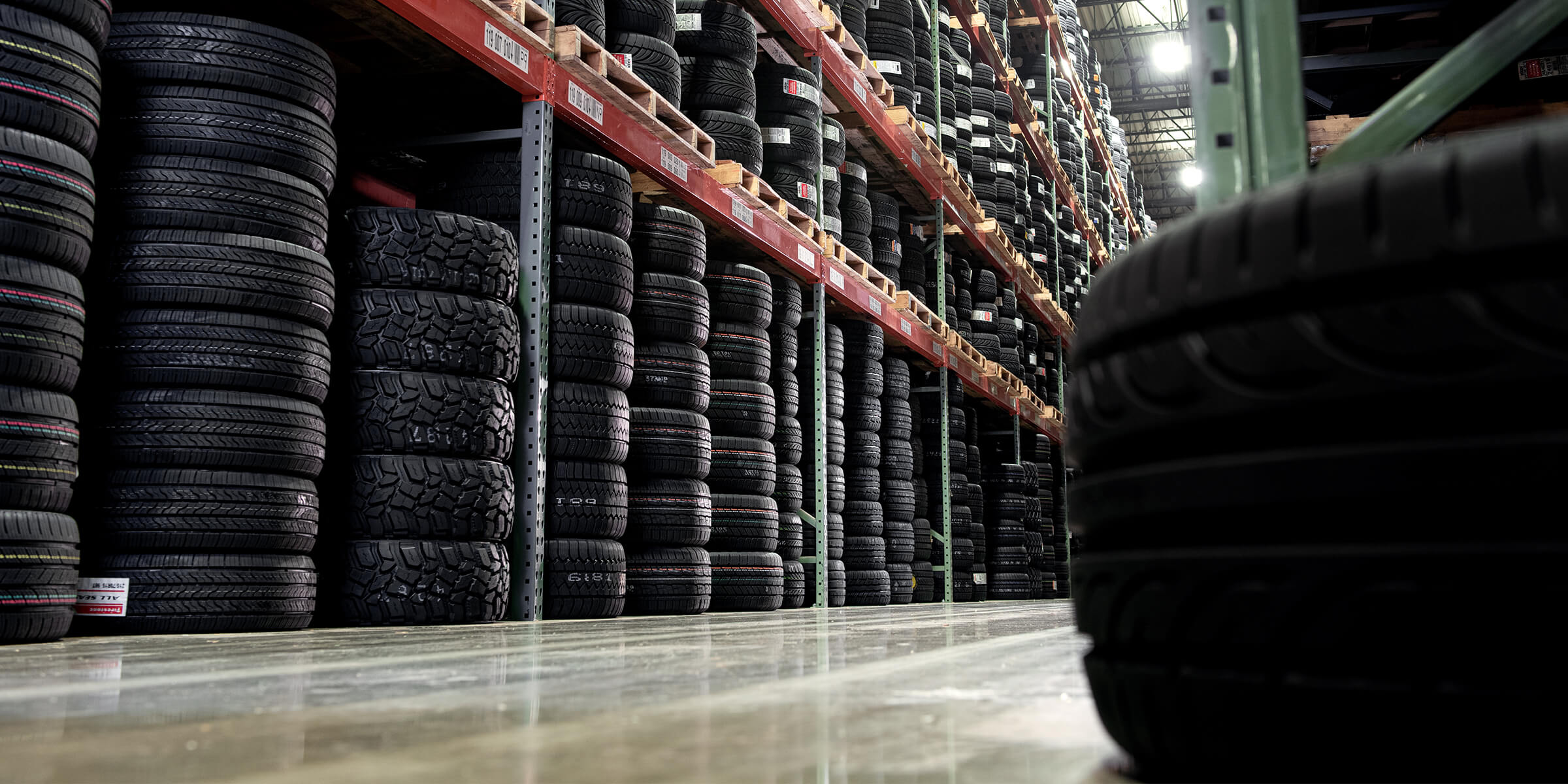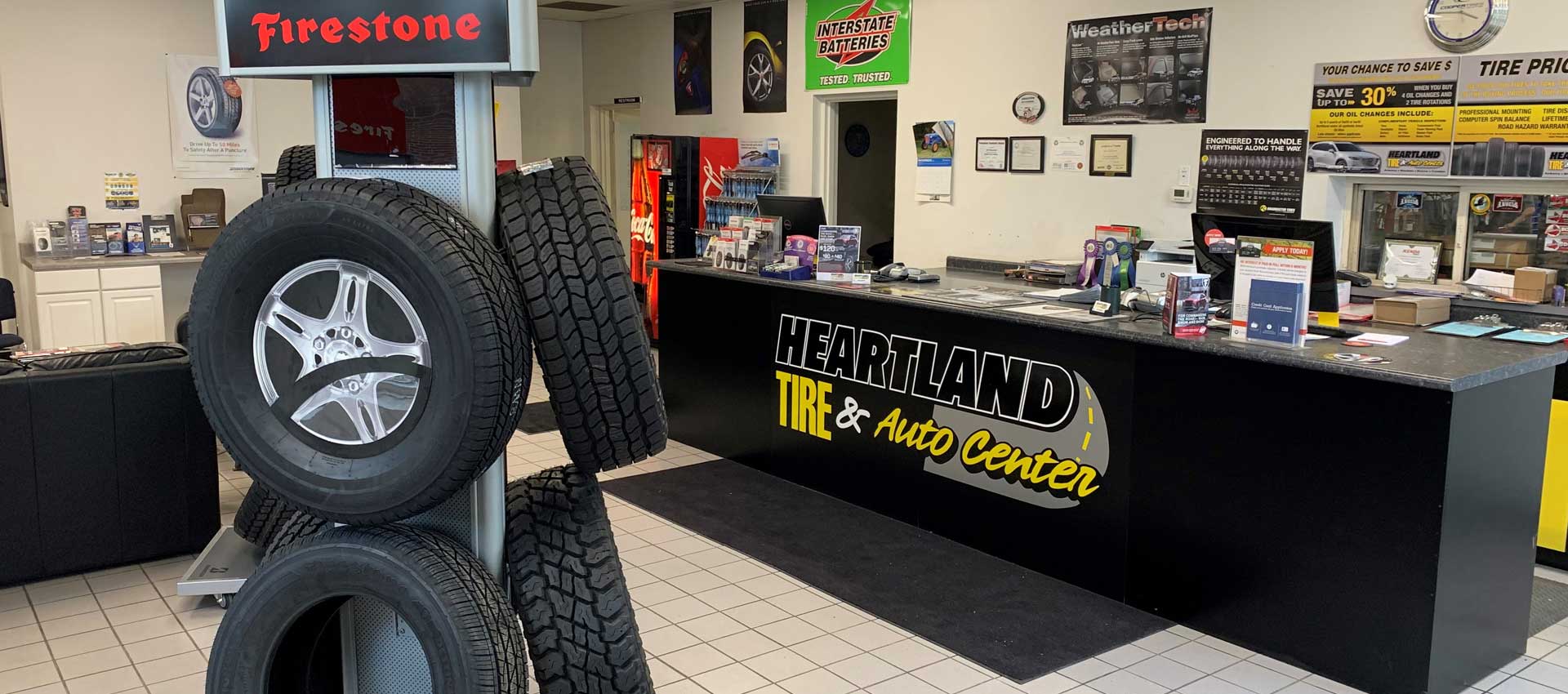Locate the very best Tires Morris IL: Substantial Selection Offered
Locate the very best Tires Morris IL: Substantial Selection Offered
Blog Article
Tire Solution: Comprehending Tire Pressure Monitoring Equipments
Understanding Tire Stress Surveillance Equipments (TPMS) is a vital facet of maintaining ideal lorry efficiency and safety on the roadway. With advancements in automobile modern technology, TPMS has actually become a common feature in contemporary automobiles, providing real-time details on tire pressure degrees. Diving much deeper into the intricacies of TPMS, one can discover the different components that make up this system and the value of each in guaranteeing exact surveillance. From direct to indirect TPMS systems, the landscape of tire pressure monitoring varies, each with its distinct set of factors to consider and advantages. Remain tuned to unwind the intricacies of TPMS, from maintenance tips to the undeniable advantages of maintaining your tires appropriately inflated. tire shop morris.

Value of TPMS
The importance of Tire Pressure Monitoring Equipments (TPMS) depends on their capability to improve automobile security and performance through real-time surveillance of tire stress levels. Maintaining the correct tire stress is vital for making sure ideal handling, braking, and overall safety of a lorry. TPMS supplies chauffeurs with prompt responses on any kind of overinflated or underinflated tires, permitting prompt modifications to be made.
Components of TPMS
Sensors are generally situated in the tire shutoff stem or attached to the wheel assembly, where they measure tire stress and transfer information to the control component. Some advanced TPMS designs likewise display the real tire pressure analyses for each tire, offering motorists with real-time info to ensure optimum tire performance and safety and security. By checking tire stress constantly, TPMS helps protect against mishaps, reduces tire wear, and enhances fuel effectiveness, making it a critical part for automobile safety and performance. mopar tire service specials.
Kinds Of TPMS

On the various other hand, indirect TPMS counts on the vehicle's wheel speed sensing units to keep an eye on tire stress. This system spots underinflation by comparing the rotational speeds of the wheels. Indirect TPMS is much less pricey than straight TPMS, as it utilizes existing sensors within the car.
While direct TPMS supplies much more exact readings, indirect TPMS is easier in style and normally requires much less upkeep. Both systems have their limitations and benefits, and the choice between them frequently depends upon elements such as cost, vehicle make, and personal preference. Comprehending the differences between these 2 sorts of TPMS can assist lorry proprietors make informed decisions relating to tire maintenance and safety.
TPMS Maintenance Tips
Conduct routine checks on the tire pressure levels and contrast them with the TPMS analyses to guarantee they are consistent. During tire rotation or replacement, make sure that the TPMS parts are dealt with very carefully to protect against any kind of potential damages. If the TPMS alerting light brightens on the control panel, resolve the concern promptly by checking the tire pressures and the overall system for any faults.
Benefits of Correct Tire Stress
Keeping correct tire stress, as stressed in TPMS Upkeep Tips, is crucial for reaping the numerous advantages linked with optimum tire stress levels. One of the primary advantages of maintaining the proper tire stress is boosted fuel efficiency. When tires are correctly blown up, there is much less rolling resistance, resulting in far better gas economic situation. In addition, appropriate tire pressure ensures also tire wear, extending the life-span of the tires and Check This Out promoting safer driving problems. With the ideal tire stress, lorries additionally have far better handling and traction, particularly in adverse weather condition conditions. This can enhance total check here driving performance and safety for the chauffeur and passengers. Preserving optimal tire pressure can add to a smoother and much more comfy trip by reducing vibrations and sound triggered by underinflated tires. Finally, the benefits of correct tire pressure exceed just tire long life; they encompass enhanced gas effectiveness, enhanced safety and security, much better lorry performance, and general driving convenience.
Verdict
In final thought, recognizing tire stress monitoring systems (TPMS) is important for keeping ideal tire stress and making sure automobile safety and security. By identifying the importance of TPMS, being familiar with its components, knowing the different types available, adhering to proper upkeep pointers, and understanding the advantages of keeping correct tire stress, vehicle drivers can enhance their driving experience and prolong the lifespan of their tires. Proper tire pressure is key to effective and secure vehicle procedure.

Report this page